Synagogue (Mainz)
Willy Graf
1911
Image
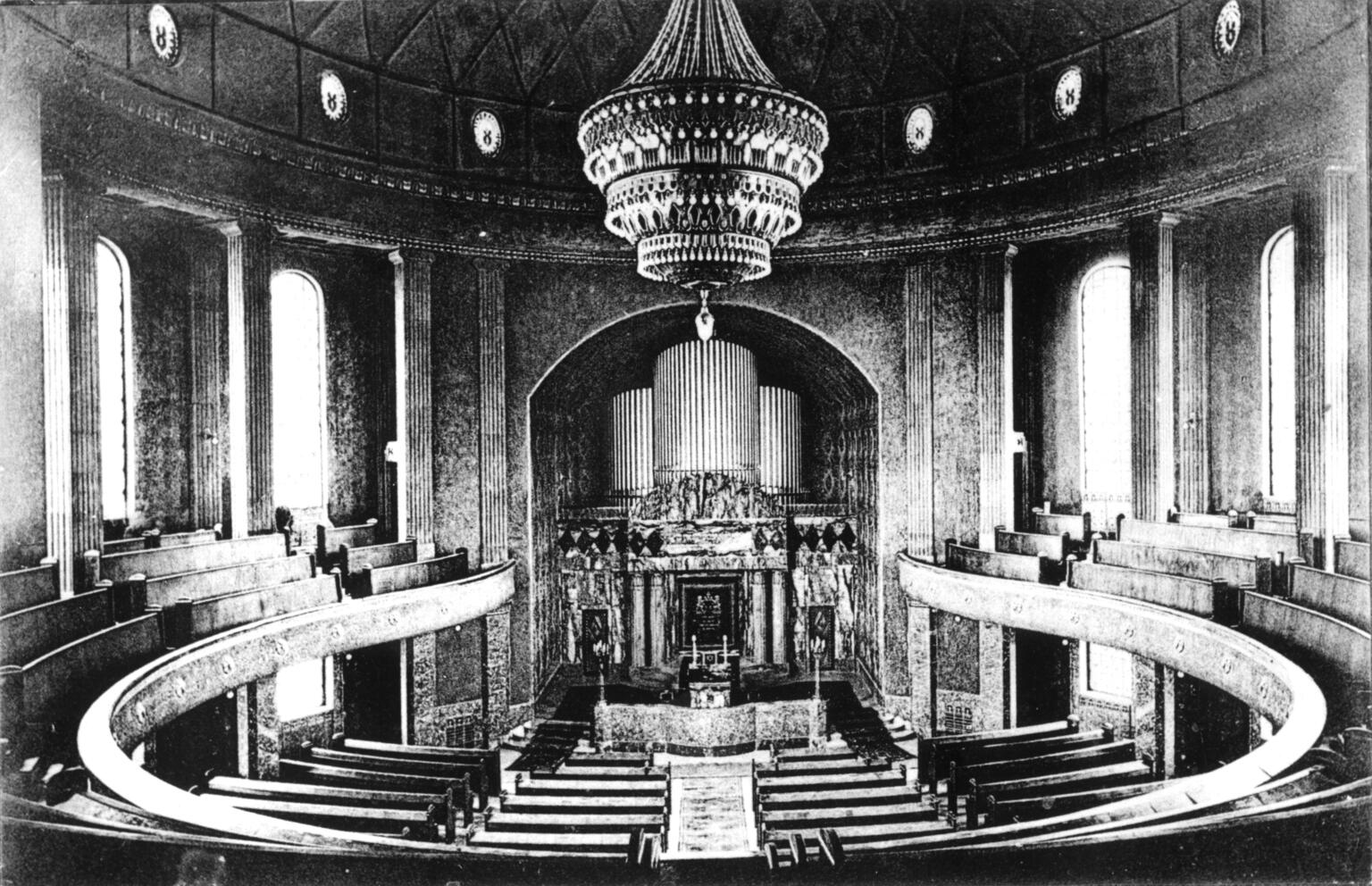
Engage with this Source
Creator Bio
Willy Graf
1881–1965
Willy Graf (from 1919 known as William Ritter von Graf) was a German architect based in Stuttgart. During World War I, Graf served in the Prussian army and was ennobled for his heroism. His firm Graf & Roeckle designed a number of notable buildings in Germany, including synagogues, although he was not Jewish himself. He also designed a plaque honoring Jewish soldiers from Stuttgart who had fought in World War I. Graf continued to live and work in Germany during the Nazi period and afterward.
You may also like

Dodge Brothers Corporation
When the Dodge Brothers expanded into full-scale automobile manufacturing on a new campus in Hamtramck, Michigan, in 1910, Albert Kahn designed some of the buildings in what was then a state-of-the…
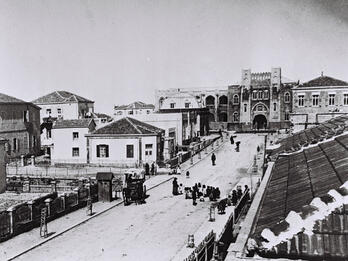
Tel Aviv Street
In 1906, the Ahuzat Bayit (homestead) society was created in Jaffa by members of the Yishuv (the Jewish community of Palestine) as a planned “Hebrew” community, designed in accordance with the latest…
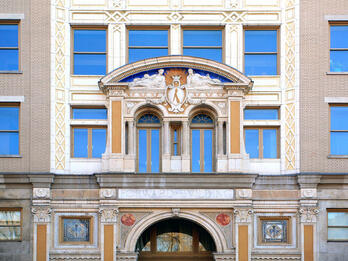
The Forward Building
Founded in 1897 in New York City, the democratic socialist Yiddish daily Forverts quickly became the most popular Jewish newspaper in the United States (and the most widely circulated non-English…
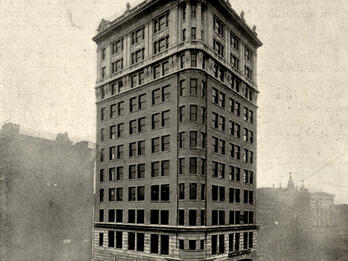
Jarmulowsky Bank Building
Sender Jarmulowsky’s towering twelve-story Beaux Arts bank branch was located at 54–58 Canal Street on New York’s Lower East Side. When it was built, it was the tallest building in the neighborhood…
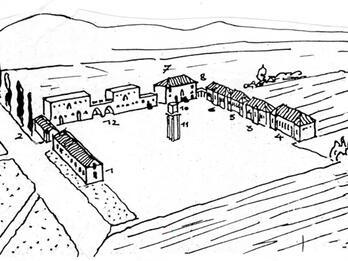
The Cooperative Courtyard Plan, Merhavia Educational Farm
In his design for the Merhavia cooperative farm (kibbutz), Alexander Baerwald arranged one-story residential buildings and a two-story main building, used for storage and equipment, around a central…
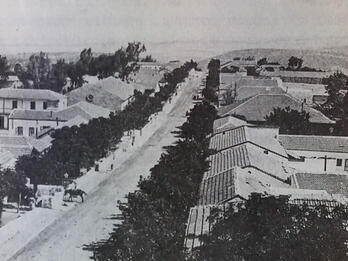
View of a Street in Zikhron Ya‘akov
Zikhron Ya‘akov was first established near the city of Haifa as an agricultural settlement in 1882 by Jewish immigrants from Romania. A year later, it became the beneficiary of philanthropist Baron…

